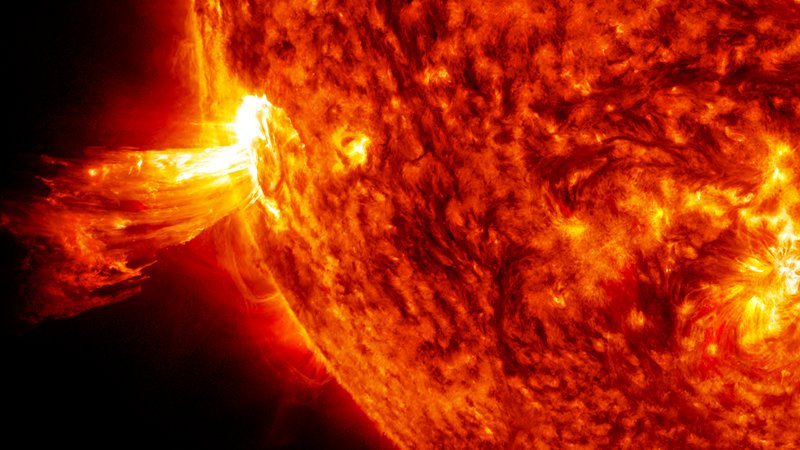Helios | You are my Sunshine
Morelia, Michoacán
Awards & Nominations
Helios has received the following awards and nominations. Way to go!
Global Nominee
The Challenge | You are my Sunshine
Create a medium to help people understand energy output from a solar panel, and a tool to plan energy consumption based on expected energy output from solar technologies.
Extremes of solar energy generation
We calculate total daily energy output of the HI-SEAS solar panels to examine extreme lows in energy. We apply Extreme Value Analysis and determine probability distributions for the weekly minimum daily output and daily output below a certain threshold.

- Download our full report at: http://www.ifm.umich.mx/~jedwards/nasa.html
- Background and resources:
In this challenge we examine the HI-SEAS solar radiation data and employ Extreme ValueAnalysis (EVA) to describe the probabilities of extreme lows in daily solar energy generation. The motivation of this analysis is to facilitate the HI-SEAS crew planning for the possibility of extreme drops in solar panel output (due to natural variation inweather, etc.), ensuring that sufficient power reserves are maintained to cope with extreme lows. The analysis of our data began by estimating the total daily energy output of the cells using hourly radiation flux data supplied by NASA. Then, we employed extreme value analysis to evaluate, with statistical rigour, the asymptotic distribution of these data. We analysed the tails of the distributions describing the weekly minima in daily output as well as the asymptotic distribution of the data below a given threshold (approximately 35kJ). Our diagnostics provide good post-hoc verification that the models are applicable and as such we take this study as "proof-in-principle" that this technique can be applied. Our results allow for planning of the backup or stored energy that is required to surviveextreme events: we provide numerical estimates of how low daily energy output is likelyto fall and how often one can expect this to happen (return levels), along with explicit probability distribution functions describing these extreme events. Incorporation of theseprobabilities should improve upon energy planning, energy storage and anticipation of extreme lows in energy output.
- Challenges:
It is worth stating that the supplied dataset is relatively small, once total daily energyoutput is calculated. However, the hourly measurements proved extremely useful in estimating this quantity. NASA provide data elsewhere that consists of day-averaged solar flux; whilst these data do go back over 20 years the daily average flux will not provide as good an estimate of the daily energy generated. Given more hourly data, covering manymonths or years, our analysis would be greatly improved as it requires many blocks of data, each of which contains a large number of observations.
- Outlook:
Were we to have more time to analyse these data, we would wish to incorporate theadditional information supplied by NASA. For example, one would expect that average daily temperature, say, would be a statistically significant factor in determining the total daily output of the radiation panels. Furthermore, simple linear regression would help toshow up the dependence of the daily output on these factors, which could provide non-asymptotic predictions of output for given weather conditions; these dependencies canthen be used to refine our asymptotic models.
SpaceApps is a NASA incubator innovation program.